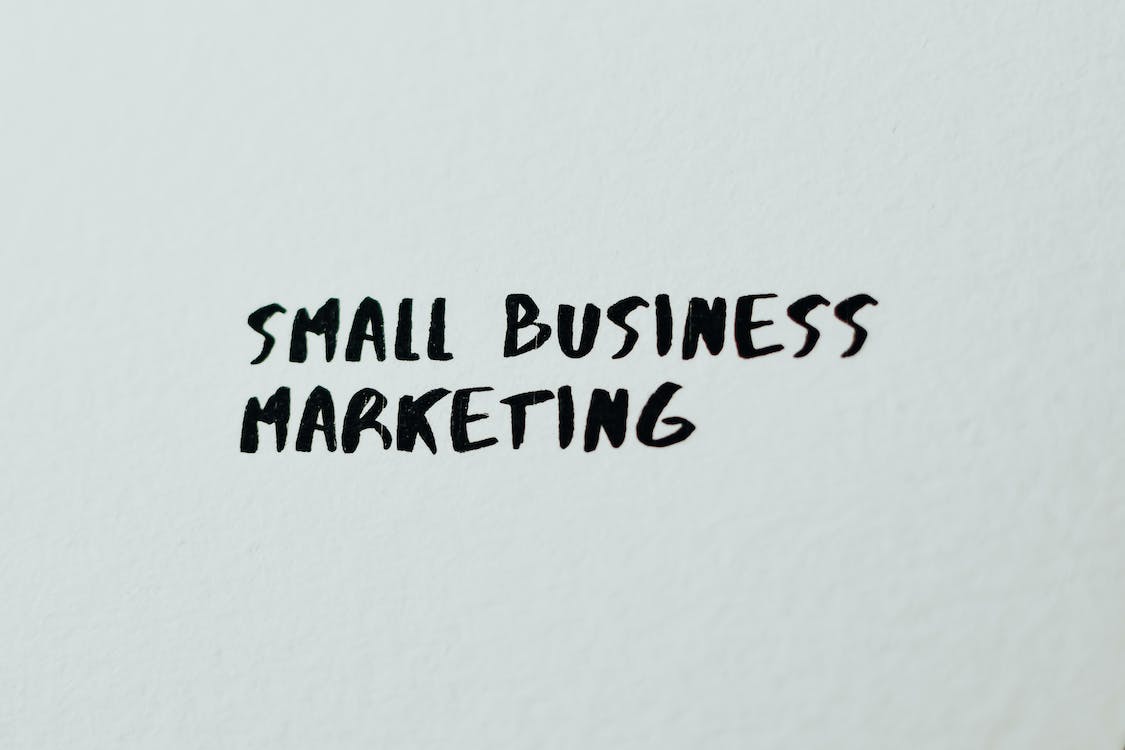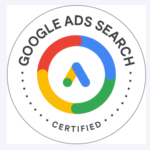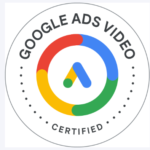
A marketing funnel is a conceptual framework that illustrates the journey a potential customer takes from first becoming aware of your business or product to ultimately making a purchase. It’s a crucial concept in marketing because it helps businesses understand and optimize the customer’s path towards conversion. Here at Seaside Digital Mar, we have put together our beginner’s guide to marketing funnels:
- Understanding the Funnel Stages:Marketing funnels typically consist of several stages, often represented as a funnel because the number of potential customers narrows down at each stage:
- Awareness: At the top of the funnel, people become aware of your business or product. This can happen through various means, such as social media, content marketing, advertising, or word-of-mouth.
- Interest: In this stage, individuals show interest in what you offer. They might engage with your content, sign up for newsletters, or follow your social media accounts.
- Consideration: At this point, prospects are actively considering your product or service. They may compare your offering with competitors, read reviews, and seek more information.
- Intent: These individuals have a clear intent to make a purchase. They might add items to their shopping cart or request a demo.
- Purchase: This is the final stage where prospects become customers by making a purchase or signing up for your service.
- Creating Awareness:
- Content Marketing: Produce valuable content that educates and entertains your target audience. Blog posts, videos, infographics, and podcasts can all be effective.
- Social Media: Use platforms like Facebook, Instagram, Twitter, and LinkedIn to engage with your audience. Paid advertising on social media can also boost your visibility.
- Search Engine Optimization (SEO): Optimize your website and content to rank higher on search engines like Google. This helps people find your business when they’re searching for related topics.
- Email Marketing: Build an email list and send regular newsletters and promotions to keep your audience engaged.
- Nurturing Interest and Consideration:
- Lead Magnets: Offer valuable resources such as ebooks, webinars, or templates in exchange for contact information. This helps you build a list of potential customers.
- Drip Email Campaigns: Use automated email sequences to nurture leads over time. Provide them with relevant information and value to move them closer to a purchase decision.
- Converting Intent to Purchase:
- Landing Pages: Create dedicated landing pages that focus on specific products or services, with clear calls to action (CTAs) to encourage conversions.
- Remarketing: Target users who have shown interest but haven’t converted with remarketing ads to remind them of your offerings.
- Analyzing and Optimizing:
- Analytics: Use tools like Google Analytics to track user behavior at each stage of the funnel. Identify bottlenecks and areas for improvement.
- A/B Testing: Experiment with different elements of your funnel, such as headlines, CTAs, and visuals, to determine what works best.
- Conversion Rate Optimization (CRO): Continuously optimize your funnel to improve conversion rates at each stage.
- Post-Purchase Engagement:
- Customer Retention: Don’t forget about customers after their initial purchase. Engage with them through post-purchase emails, loyalty programs, and excellent customer support to encourage repeat business and referrals.
Remember that marketing funnels can vary depending on your industry, target audience, and specific goals. Regularly reviewing and adjusting your funnel based on data and customer feedback is essential for long-term success in marketing.


